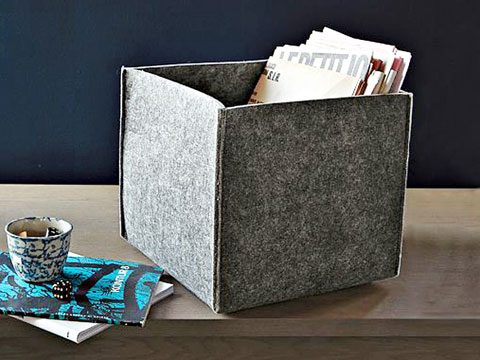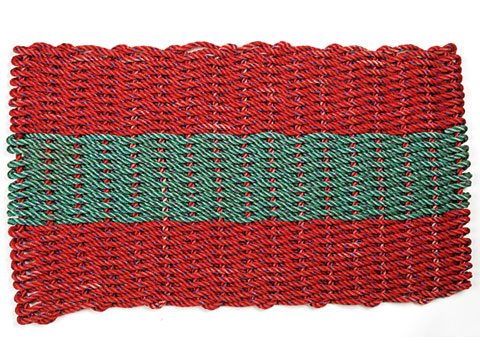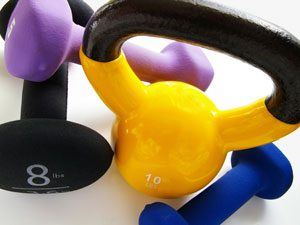
Smoking can take a serious toll on your health, but quitters may bounce back more quickly than you think. Here, the truth about the damage done, and the repair plan to follow now.
What's the Damage?
First, congrats on kicking the habit. Breaking an addiction to the nicotine in tobacco is not easy. With each smoke-free year that passes, you lower your odds for heart disease, serious breathing problems, and cancers of the lungs, mouth, throat, esophagus, bladder, and more. But you may not be in the clear just yet. Your heart and lungs remain at higher risk of disease than that of a nonsmoker for up to 20 years after you quit.
Can You Undo It?
Absolutely. You’ll see immediate health benefits shortly after quitting, but the full benefits take years to reap. Heart disease risk drops 50 percent within a year after kicking the habit, but it’s not until 15 years later that your risk of heart disease and stroke fall to the level of someone who’s never smoked. As for lung cancer: After 10 years smoke-free, your risk is about one-third to one-half that of continuing smokers; it falls to that of someone who’s never smoked within 20 years.
Even better: If you take these additional steps to improve your health beyond staying smoke-free, you can accelerate the recovery and end up even more immune to the diseases linked to smoking.
1. Be vigilant.
Habits and addictions do not die easily. Even if you’ve been smoke-free for years, it might take just one weak moment to reignite your habit. Always be mindful of the benefits of not smoking, and the self-respect you’ve earned in kicking the habit, and don’t let yourself be tempted.
2. Stay away from secondhand smoke.
Passive smoking nearly doubles your odds of a heart attack—and may be even more risky for former smokers whose lungs and cardiovascular systems are still recovering. Avoiding smoke at home, work, and when you’re out socializing is the biggest preventive step a former smoker can take, say Harvard Medical School experts.
3. Pack your plate with fruits, veggies, and whole grains.
These natural foods contain lots of cell-protecting antioxidants that further guard against heart disease, stroke, and several forms of cancer. And new research indicates they may even help you kick butt: A University at Buffalo study found that smokers who ate the most produce were three times more likely to not have smoked in the last 30 days than people who ate the least. Researchers aren't exactly sure why, but think that fruits and veggies may make cigarettes taste bad, thus making them even less appealing. Bonus: You get extra vitamins and cholesterol-lowering fiber.
4. Take care of your ticker.
Stay up-to-date with blood pressure and cholesterol checks to watch your risk of developing heart disease. And let your doctor know you used to smoke: He or she may be more likely to take stricter approaches to testing and treatment knowing that you are a former smoker.
5. Watch your lung health.
Stay alert for signs of problems, such as persistent coughing, shortness of breath, and chest pain. Tell your doctor right away if you experience any of these.


















